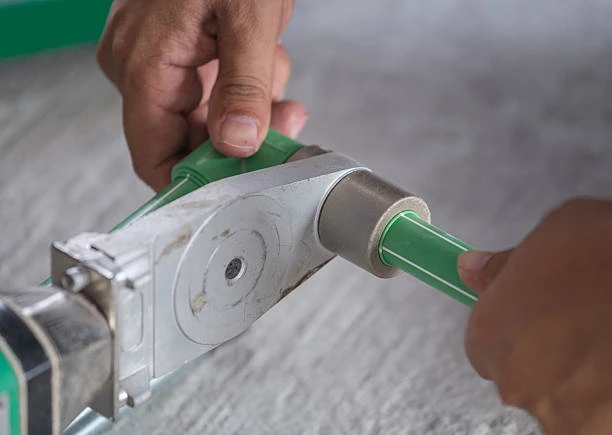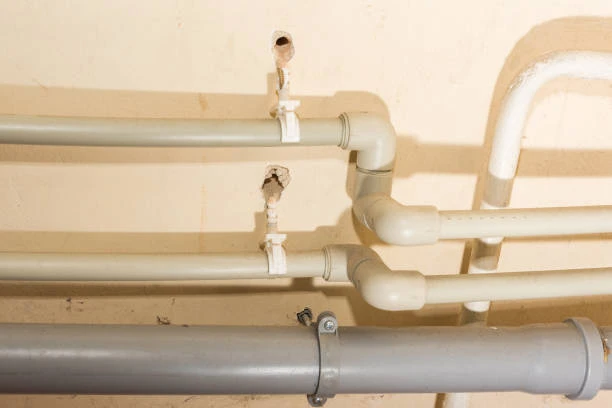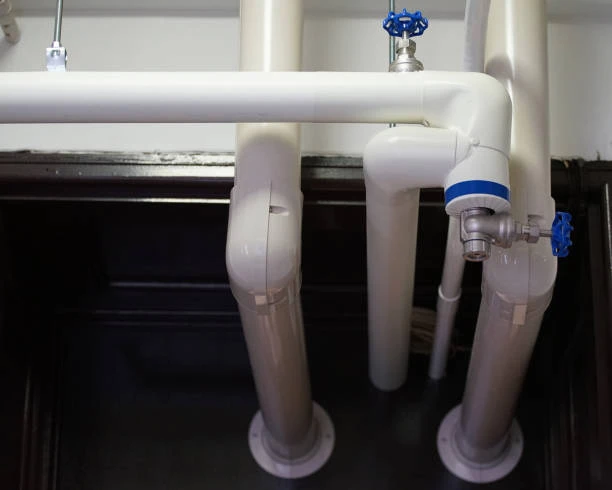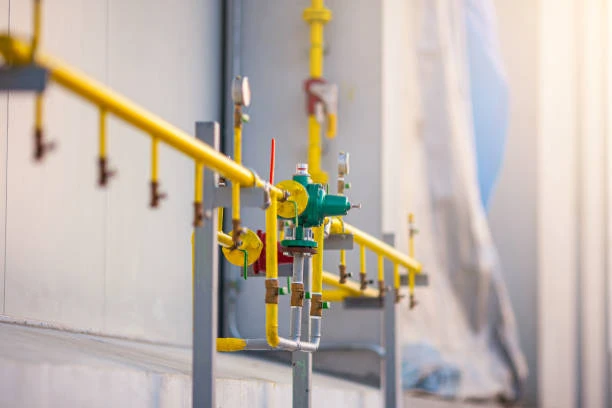1. Understanding the Importance of Proper Welding
PPR pipe welding creates strong, leak-proof joints. Improper welding weakens connections, leading to leaks and system failures. Use a calibrated fusion welding machine to achieve precise joints. For example, a poorly welded pipe can split under pressure, causing costly repairs. Following correct welding techniques ensures durability and minimizes the risk of damage over time.
2. Preventing Overheating During Welding
Excessive heat during PPR pipe welding deforms the material and weakens the joints. Use the recommended temperature for your welding equipment. Monitor the welding process closely to avoid overheating. For instance, overheating during fusion welding can create thin, fragile connections that fail under pressure. Controlling the welding temperature improves joint strength and reduces maintenance costs.
3. Avoiding Dirt and Contaminants During Welding
Clean surfaces ensure better adhesion during PPR pipe welding. Dirt and grease create weak joints, increasing the risk of leaks. Use alcohol-based cleaners to prepare the pipe ends before welding. For example, a dusty pipe surface can prevent proper fusion, leading to joint failure. Keeping pipes clean during welding ensures strong and reliable connections.
4. Protecting Pipes from UV Exposure
UV rays degrade PPR pipes over time, causing cracks and weakening the material. Install pipes in shaded areas or use UV-resistant coverings. During outdoor installations, protect welded joints from prolonged sunlight exposure. For instance, UV rays weaken the integrity of welded connections, increasing the risk of damage. Shielding pipes from sunlight prolongs their lifespan and protects the system.
5. Managing Temperature Fluctuations
Extreme temperatures stress PPR pipes and welded joints, leading to leaks. Use insulation to stabilize pipe temperatures in cold or hot environments. Ensure the PPR pipe welding process creates durable joints to withstand temperature fluctuations. For example, in freezing conditions, insulated pipes prevent cracks and ensure reliable operation. Temperature management safeguards the system and prevents damage.
6. Monitoring Water Pressure Levels
High water pressure stresses pipes and welded joints, causing failures. Install pressure gauges and regulating valves to stabilize pressure levels. During PPR pipe welding, ensure strong, uniform connections to handle pressure surges. For example, weakly welded joints may burst in high-pressure conditions, disrupting the system. Monitoring pressure protects the pipes and extends their lifespan.
7. Preventing Physical Impact Damage
Physical impacts, like heavy objects or sharp tools, can crack pipes or damage welded joints. Use protective covers or install pipes in secure locations to prevent accidents. During PPR pipe welding, align pipes carefully to avoid weak points. For instance, a poorly welded section may fail under impact, causing water leaks. Protecting pipes from impact reduces maintenance needs.
8. Following Manufacturer Guidelines for Welding
Every PPR pipe manufacturer provides specific guidelines for welding and maintenance. Follow these instructions to ensure proper PPR pipe welding techniques. Use tools and equipment recommended by the manufacturer for reliable results. For example, using an incompatible welding machine may weaken pipe joints, leading to frequent repairs. Adhering to guidelines improves system durability and minimizes risks.
By focusing on proper PPR pipe welding and adopting protective measures, you can ensure a durable and efficient piping system. Regular inspections, temperature management, and proper welding techniques safeguard pipes from damage, extending their service life.
IFAN Products international standards
IFAN products strictly adhere to a comprehensive range of international standards, encompassing ISO 15874, EN 15874, ASTM F2389, DIN 8077/8078, GB/T 18742, NBR 15884, ISO 15494, EN ISO 15494, GB/T 19472, NBR 15494, ASTM 2846 (501), DIN 8079/8080 (502), ASTM F441/F441M SCH80 (503), DIN (504), DIN (505), GB/T 18993, AS/NZS 1477, CSA B137.6, NSF/ANSI 14, TIS 17-2532/1131-2535, BS 3505, BS 4346 (801), ASTM D1785 SCH40 (802), ASTM D1785 SCH80 (803), DIN (804), GB (805), GB (806), GB(901), DWV(902), ASTM D2665 (903), along with ASTM D2241, D2665, D2729, and F441/F441M series, ISO 1452, EN ISO 1452, DIN 8061/8062, GB/T 10002, AS/NZS 1477, JIS K6741, CSA B137.3, and other national and industry norms.
Connect
IFAN is a Chinese manufacturer of plastic pipes, fittings and valves with 30 years of experience. If you are interest in IFAN copper fittings, copper valves, plastic pipes and fittings, please contact us. IFAN offers you a variety of standard pipes to meet your specific needs. Click below to learn more about IFAN’s wide range of affordable and cost-effective valve products and piping system related products.
We will reply your email or fax within 24 hours.
You can call us at any time if there is any question on our production.
For more information,pls visit our webside https://waterpipefitting.com/
Pls Mailto: [email protected]
Whatsapp: + 86 19857948982














Recent Comments